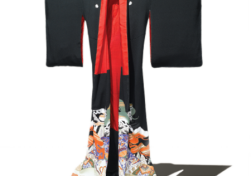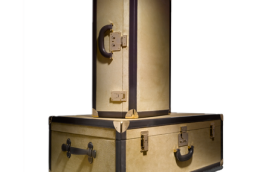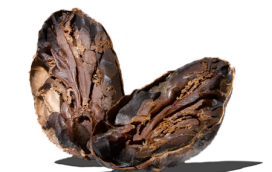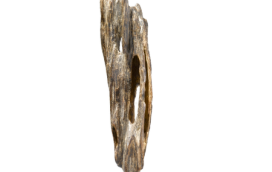
As recently as 80 years ago, the kimono – “something to wear” – was still commonly worn in Japan. An outer garment sported by both men and women, it can be adorned in different ways. Men’s kimonos might be embellished with paintings of great warriors. Women’s are traditionally embroidered and delicately painted with natural scenes and, to reflect the modernization of society in the 20th century, bright graphic prints. Whatever the imagery, a kimono was historically a symbol of power. Today, kimonos are mostly worn for formal occasions, but demand for them endures, with designers such as Anna Sui and Yohji Yamamoto launching contemporary versions as well as kimono-inspired dresses. Ichiroya, a family-run Japanese company which deals in traditional cultural items, says many of its customers buy the jackets to wear with modern dress. In the West, too, the kimono is enjoying a comeback. As kimono dealer Ceri Oldham from Wafuku puts it, “Kimonos are wearable textile art and have an otherworldliness that one finds in no other garment. It is impossible not to feel elegant while wearing one.” ichiroya.com; wafuku.co.uk


